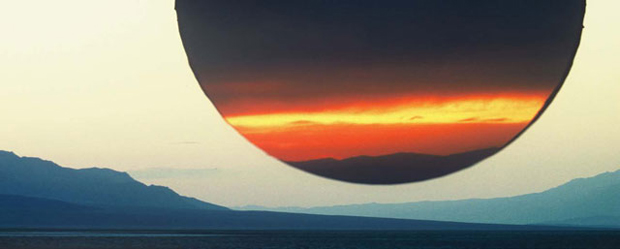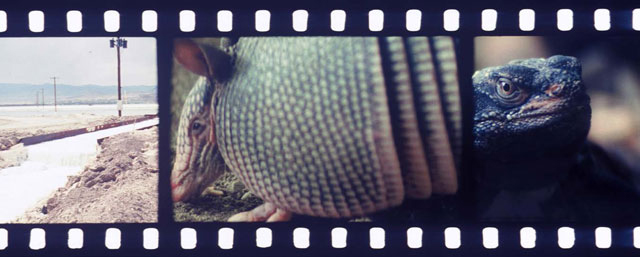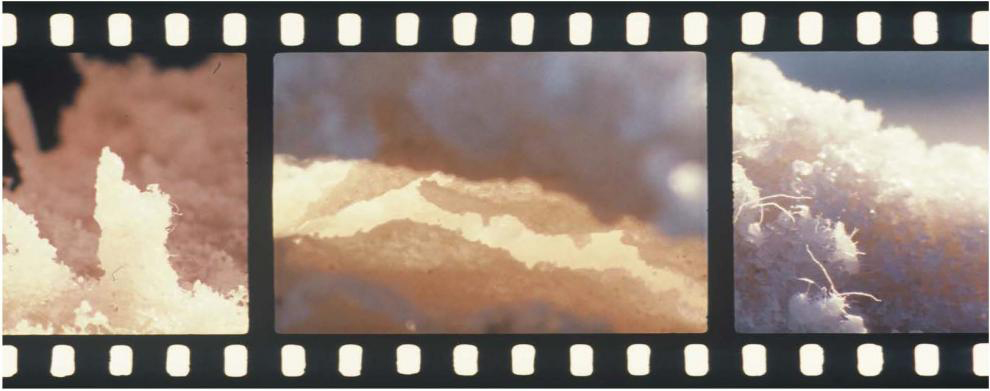
Tacita Dean takes on JG Ballard
The British artist follows the late novelist's advice regarding an elusive piece of land art
There are perhaps few British writers with as highly an attuned feel for contemporary art as JG Ballard. The late novelist was friends with Eduardo Paolozzi, commissioned and hung a copy of The Violation by the Belgian surrealist Paul Delvaux in his study, and even put on show a series of crashed cars in 1970.
Though he died in 2009, Ballard's influence has lived on, not least in art circles. An exhibition dedicated to Ballard was organised by his estate at The Gagosian in London in 2010, and now British artist Tacita Dean will open her Ballard-influenced new show, entitled JG, at The Arcadia University Art Gallery in Philadelphia on Thursday.
The work centres on US artist Richard Smithson's important 1970 earthwork, Spiral Jetty, a curled construction of rock, salt and mud, which projects out into the Great Salt Lake in Utah. Dean went looking for the piece in 1997. Unfortunately she was unable to locate it due to the lack of local sign posting, its remote location, and the fluctuating levels in the Great Salt Lake, which sometimes submerge Smithson's work. Nevertheless, Dean produced a work, entitled Trying to Find The Spiral Jetty, about her search.
This prompted fellow artist Jeremy Millar, to contact her, suggesting that JG Ballard's 1960 short story, The Voices of Time, may have inspired Smithson's work. Records indicate that Smithson owned a copy of the story, wherein a character builds a curved earthwork not unlike the artist's own creation.

Dean began to correspond with Ballard, and eventually the artist advised her, in a letter dated 4 December 2007, that she should treat the jetty "as a mystery that your film will solve."
The ultimate work combines Robertson and Ballard's work, yet in a way that is wholly Dean's own. JG is largely a 35mm film work, shot on the salt flats of Utah and southern California, and employing the same kind of techniques Dean used in the making of her FILM installation in the Tate Modern's Turbine Hall back in 2011.
In particular, she uses a cinematic technique known as aperture gate masking - a way of interfering with the hole in the camera through which the film is exposed. Dean explained to The Art Newspaper:
"Exposing light through the aperture gate is what makes the frame on film which, of course, is otherwise blank. So by masking inside the aperture, you can make different shapes, almost like stencilling," Adding that, "You can mix landscape and time in the same frame."

Perhaps thanks to this technique, the images appear to take on a vivid, dreamlike quality. Gallery-goers will have to decide whether she does "solve" the jetty's mystery. The work will go on display at The Arcadia University Gallery from February 7 until April 21, 2013, before transferring to the Frith Street Gallery in London towards the end of this year.
To discover more, read Dean's explanatory blog post here. For more on Tacita Dean, consider our book on the multi-faceted artist, and her elusive work. To learn more about Robert Smithson and other land artists, take a look our Land and Environmental Art book, the definitive survey of Land Art and contemporary environmental art.